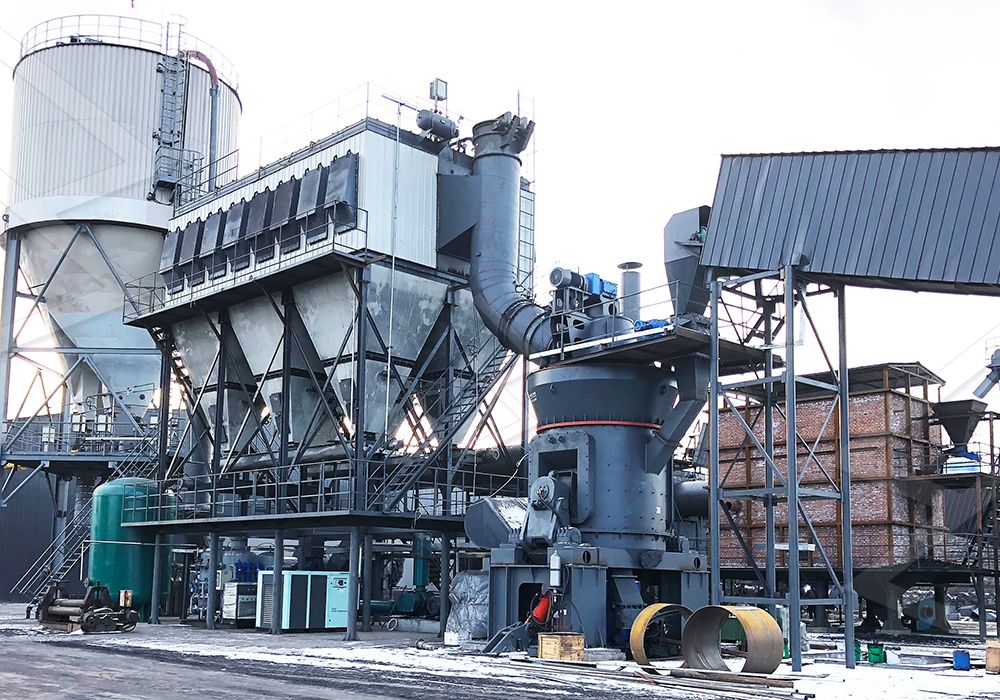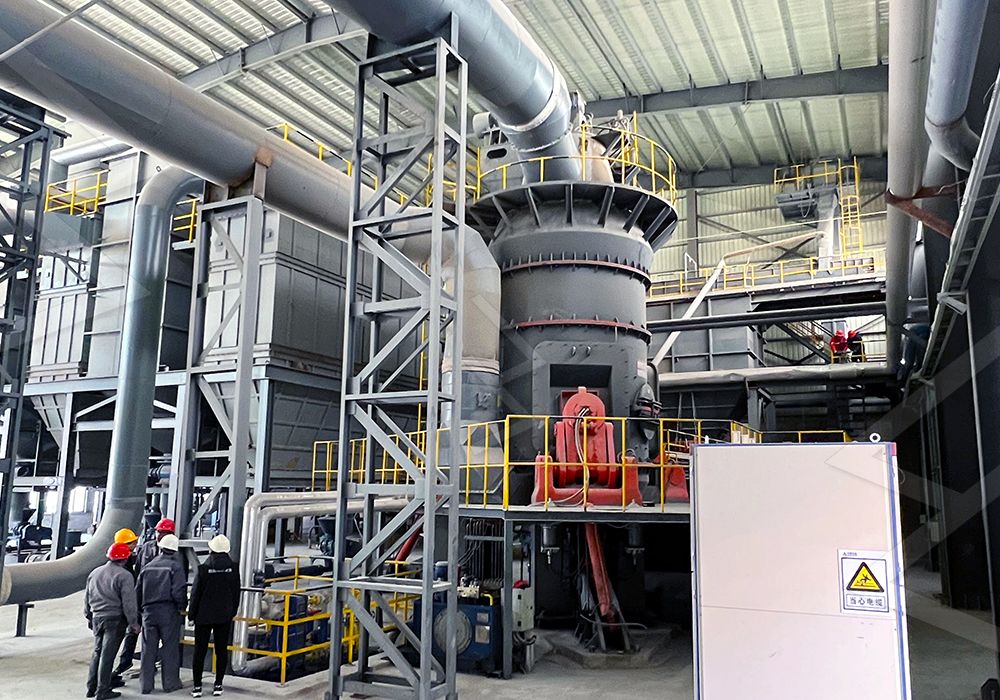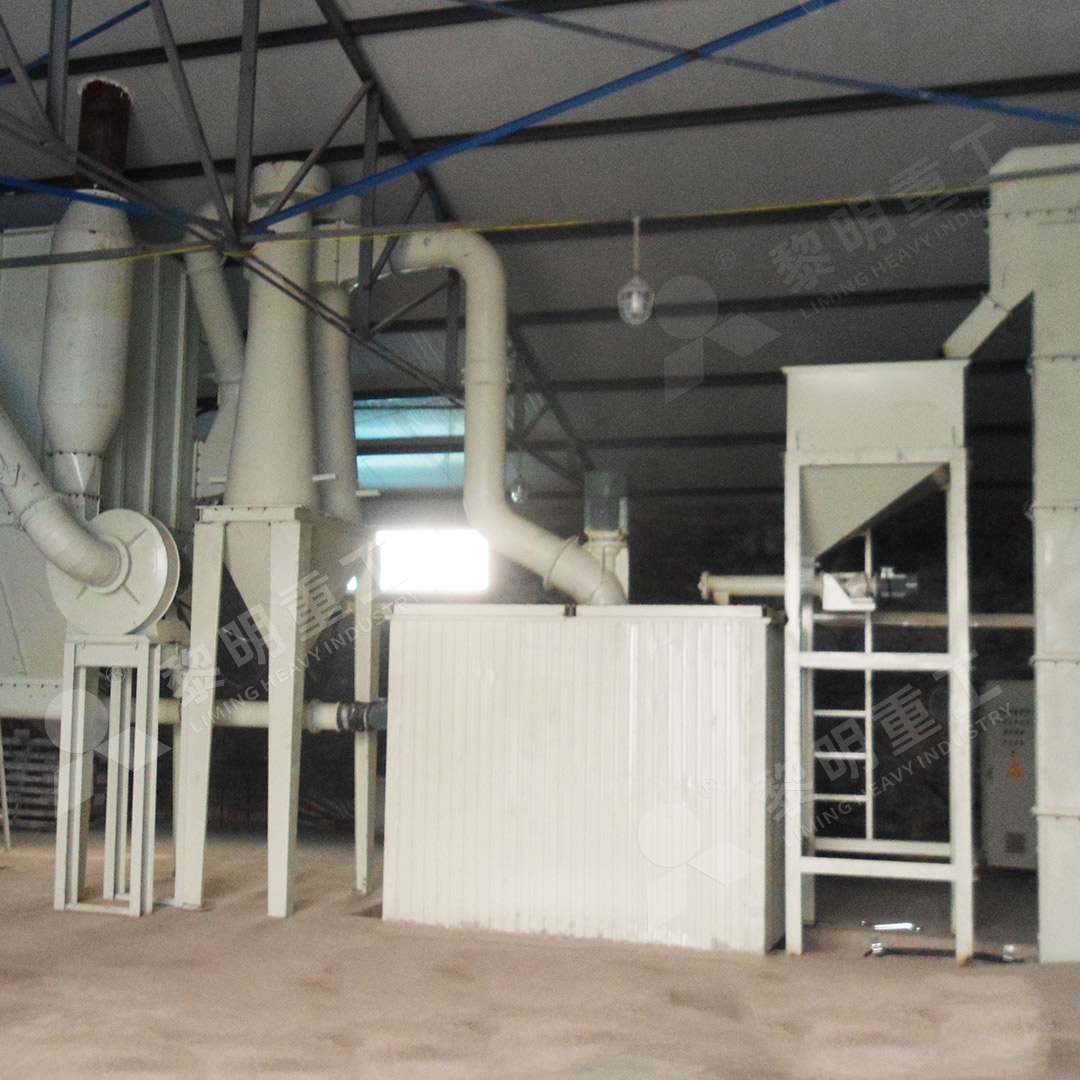Advantages of Vertical Roller Mills in Cement Production
Revolutionizing Cement Manufacturing: The Vertical Roller Mill Advantage
The cement industry has undergone significant technological transformations over the past decades, with vertical roller mills (VRMs) emerging as the preferred grinding solution for modern cement plants. These sophisticated machines have largely replaced traditional ball mills due to their superior efficiency, reduced energy consumption, and enhanced operational capabilities.

Energy Efficiency: The Primary Driver
One of the most compelling advantages of VRMs in cement production is their remarkable energy efficiency. Traditional ball mills typically consume between 30-40 kWh/t for cement grinding, while modern vertical roller mills operate at approximately 15-25 kWh/t – representing energy savings of 30-50%. This substantial reduction in power consumption translates directly to lower operating costs and reduced carbon footprint, aligning with global sustainability initiatives.
The energy efficiency stems from the VRM’s grinding mechanism, where materials are ground between rollers and a rotating table under pressure, rather than through the impact and attrition method employed by ball mills. This direct grinding action requires less energy to achieve the same fineness levels.
Enhanced Drying Capacity
Vertical roller mills excel in handling moist raw materials, a common challenge in cement production. With integrated drying capabilities, VRMs can process materials with moisture content up to 15-20% using waste heat from kiln exhaust gases. This eliminates the need for separate drying equipment, simplifying the process flow and reducing capital investment.
The hot gas stream enters the mill through the nozzle ring, fluidizing and drying the material bed simultaneously with the grinding process. This integrated approach ensures optimal thermal efficiency while maintaining consistent product quality.
Compact Design and Reduced Footprint
Space constraints are a constant consideration in plant design and expansion projects. VRMs offer a significant advantage with their vertical configuration, requiring approximately 50-70% less floor space compared to equivalent ball mill systems. The compact design extends beyond the mill itself to associated equipment like separators and conveyors, resulting in overall plant layout optimization.

Superior Product Quality and Process Control
Modern VRMs provide exceptional control over product characteristics, including particle size distribution (PSD), which significantly impacts cement performance. The integrated dynamic separators allow real-time adjustment of product fineness without interrupting the grinding process. This flexibility enables producers to quickly respond to market demands for different cement types and specifications.
The narrow particle size distribution achieved by VRMs contributes to improved cement quality, with better packing density and reduced water demand in concrete applications. Additionally, the shorter material retention time in VRMs (typically 2-3 minutes versus 15-20 minutes in ball mills) allows for rapid quality adjustments and reduces over-grinding.
Advanced Solutions for Modern Requirements
For operations requiring specialized grinding capabilities, innovative solutions like our MW Ultrafine Grinding Mill offer exceptional performance. This advanced mill processes materials with input sizes of 0-20 mm and capacities ranging from 0.5-25 tph, making it ideal for specialized applications where ultra-fine powder is required.
The MW mill incorporates several technological innovations, including newly designed grinding curves that enhance efficiency by 40% compared to jet grinding mills. Its adjustable fineness between 325-2500 meshes, coupled with the absence of rolling bearings and screws in the grinding chamber, ensures reliable operation with minimal maintenance requirements. The integrated pulse dust collector and muffler system maintain environmental compliance while reducing operational impact.

Another notable solution for specialized applications is our LUM Ultrafine Vertical Grinding Mill, which processes materials of 0-10 mm at capacities of 5-18 tph. This mill incorporates the latest grinding roller technology and German powder separating technology, providing exceptional control over product characteristics.
Operational Reliability and Maintenance
VRMs are designed for continuous operation with high availability rates. Modern designs incorporate features that simplify maintenance, such as hydraulic systems for roller positioning and automatic lubrication systems. The ability to swing out grinding rollers for maintenance without completely disassembling the mill significantly reduces downtime during wear part replacement.
Advanced monitoring systems track critical parameters including vibration, temperature, and pressure, enabling predictive maintenance and preventing unscheduled shutdowns. These systems contribute to overall equipment effectiveness (OEE) rates exceeding 90% in well-maintained installations.
Environmental Compliance
Vertical roller mills support cement producers in meeting increasingly stringent environmental regulations. The enclosed grinding system, combined with efficient dust collection equipment, minimizes particulate emissions. Lower energy consumption directly translates to reduced greenhouse gas emissions, while the ability to utilize waste gases for drying further enhances environmental performance.
Frequently Asked Questions
What is the typical energy savings when switching from ball mills to VRMs?
Vertical roller mills typically reduce energy consumption by 30-50% compared to traditional ball mills, with specific savings depending on the material characteristics and product fineness requirements.
How do VRMs handle variations in raw material moisture content?
VRMs incorporate integrated drying systems that can handle moisture contents up to 15-20% by utilizing hot gases, often from kiln exhaust, eliminating the need for separate drying equipment.
What maintenance advantages do modern VRMs offer?
Contemporary VRMs feature hydraulic roller systems that allow external maintenance without opening the mill, significantly reducing downtime. Advanced monitoring systems enable predictive maintenance, while modular design simplifies component replacement.
Can VRMs produce the same product quality as ball mills?
Yes, modern VRMs with dynamic separators can achieve superior particle size distribution control compared to ball mills, often resulting in improved cement performance characteristics.
What are the space requirements for VRM installations?
VRMs typically require 50-70% less floor space than equivalent ball mill systems, making them ideal for both greenfield projects and plant expansions where space is limited.
